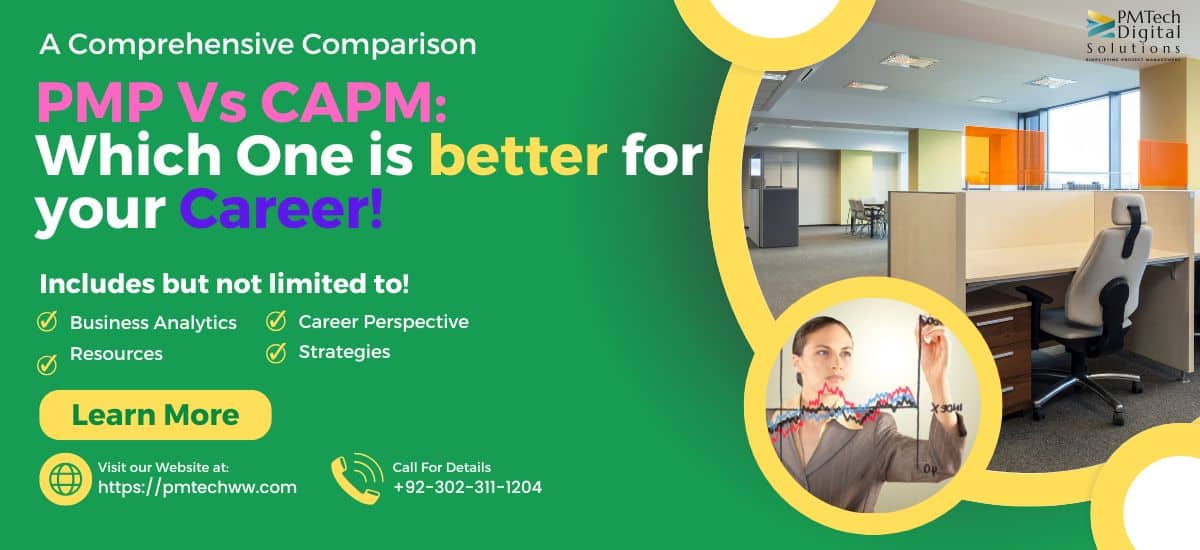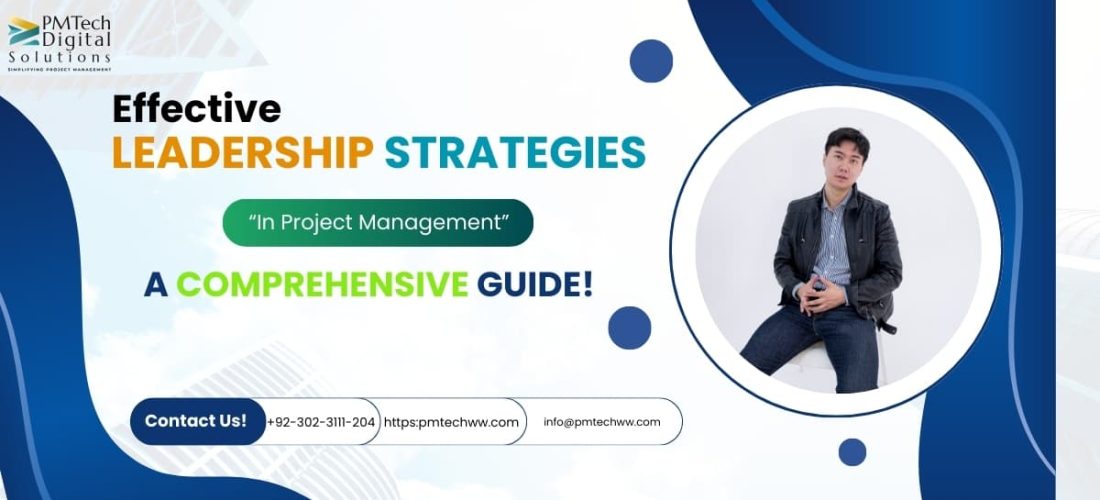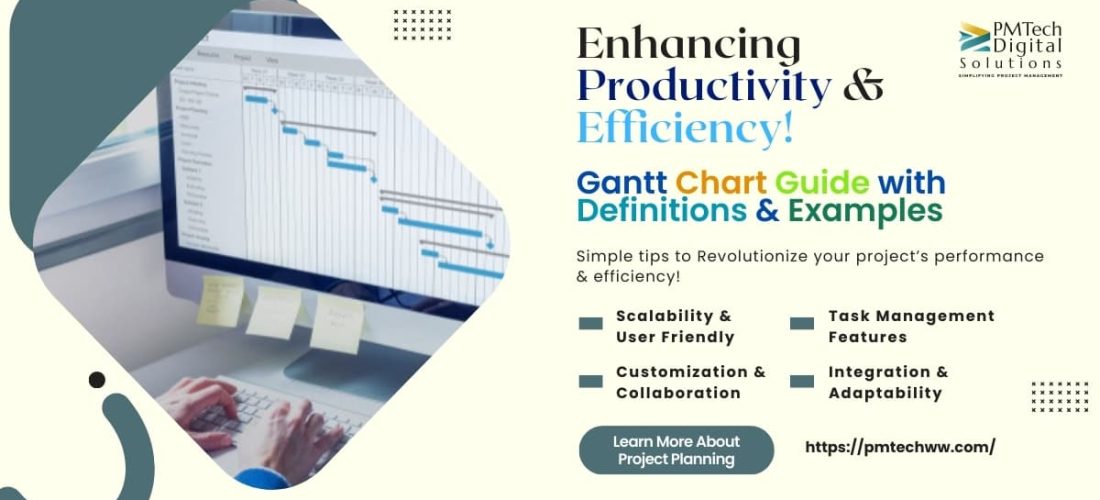Crafting a comprehensive project management plan can be the difference between project success and failure. This article cuts through to the essentials, equipping you with the knowledge to establish a detailed roadmap that guides every aspect of your project. From defining objectives and allocating resources to implementing risk management and communication strategies, every aspect is covered, giving you a solid foundation for project mastery. Dive in to learn how to bring structure and clarity to your project management efforts.
Key Takeaways
- A comprehensive project management plan is essential for project success, involving clear scope, goals, budget, timeline, execution, and control stages, and evolves as the project progresses.
- Effective project management includes defining project scope to prevent scope creep, using milestones and deliverables for navigation, allocating resources efficiently, crafting a robust risk management strategy, and maintaining a solid communication plan.
- Project planning should utilize suitable software tools, integrate quality management practices, transition through each project phase effectively, and monitor performance to facilitate the successful realization of the project’s vision.
The Essence of a Comprehensive Project Management Plan
A good project starts with an excellent project management plan, and a project management plan starts with a project charter. A project charter is what brings the project to life on paper by outlining what it involves concerning the scope, goals, budget, timeline, and execution method. They help in the implementation and control aspects of projects by including the goals, work, scope, deadlines, and proper distribution of resources to see the project completed on time and within budget.

Furthermore, it should be known that a good management plan is not limited to a mere static report. Rather, it changes and adapts to the various steps in the project. It is an insight into the means by which striving for success is transformed into reality. In other words, a management plan is a source of light that shows you every step in the best way possible to ensure a successful outcome.
Defining the Scope of Your Project
In the same way, a journey has a destination, and project work put in place measures the scope first. A project scope is a direction that provides hope and captures the process roadmap’s intentions. It materially delineates and documents aspects including aim, outputs, activities, costs, and timetable during the plan’s design.
Just as when you plan out where you’re going by drawing the path on a map, setting up clear boundaries is outlining expected tasks. As a result, you draw an all-inclusive scope statement, including an overview of the product and specific details tightly linked to objectives. It is clear that this essential aspect isn’t merely another item on our checklist.
Instead, it aides in the proper allocation of resources by estimating the amount of resources needed for the project and immediately allocating them, which enables communication between stakeholders at different stages and prevents any unnecessary expansion . It also allows for the prediction of realistic budgets and control over progress during implementation.
Identifying Project Milestones and Deliverables
Project managers, metaphorically speaking, are like sailors who follow the stars. However, they replace celestial objects with the so-called milestones and deliverables. They act as both a beacon and flashlight, showing the direction for the ship and indicating the distance traveled. Here, deliverables are real-life objects or evidence of getting a job done.
At the same time, milestones are lights marking a particular day or a set of events that define the way along which the project moves . An all-inclusive project schedule allows the optimal management of the project scope, defining the milestones, and setting deliverable timely.
Project milestones are pivotal points denoting significant progress in reaching the set objectives. They should be realistic, achievable and conceptualized early in the project. However, deliverables is the work product presented to the client or the stakeholders after putting in all the necessary effort to complete the given task. The journey to either milestone or a deliverable is as critical as the latter.
Therefore, pretty crucial for you and me to identify and henceforth appreciate your achievement with milestone tabs and tangible work products, deliverables, amidst this journey steered by able and vigilant team leaders, in our case, project managers.
Allocating Resources Wisely
If the wind is a ship-propelling mechanism, then the project has resources. Turning to the analogy of points or the “wind” that propels the ship, I can refer to resource allocation as just “wind” —the processes that enable and drive the project . These are the identification of critical tasks, the definition and assessment of available “wind”, prioritizing based on the interdependence of “points” and exclude unimportant “points” and, most importantly – to calculate the force and direction of “wind”.
Putting all these considerations in place to active allocate resources in a project is essentially like steering rough waters. This involves the awareness of the different expectations of the stakeholders involved in the project. Subsequently, the said expectations should be synchronized with the resources obtainable for the project and the project’s end goal. When done successfully and the right pace and application of essential resources, it can help guide the project through the waters without disruptions.
The Anatomy of an Effective Project Management Plan
As you can see, just as a ship is set up, an effective project management plan is put together piece by piece. The structural elements fit together, completing the overall picture of an initial project model. Key elements include, in particular, risk management strategy, communication formation, and direction of the project. All these components, like pieces of a puzzle, should complete a full body that can serve as a base for the realization of one’s project success with the help of management actions.
Crafting a Robust Risk Management Strategy
Likewise with an unpredictable ocean requiring a skilled sailor, a project may have similar unforeseen circumstances. Creating a risk management plan is much like learning to sail waters you’ve never seen before. This would involve creating a list of possible threats, calculating the probability and potential effect of each, and organizing them based on how likely they are to interfere with the project’s primary goals.

The key components of a strong risk management strategy are comparable to tools found in a sailor’s kit: identification and assessment of risks, development of treatment plans and strategies, and setting clear objectives aligned with project goals. Establishing the level of risk tolerance for the project. Just as an experienced sailor equips themselves with all necessary resources to overcome any challenge at sea, having a robust risk management strategy in place positions a project well for handling any challenges encountered along its path towards achieving its ultimate goals.
Further Reading: Risk Management: Ultimate Guide to Navigating Uncertainties
Building a Solid Communication Framework
In conclusion, team communication is the sun that must shine before the members of the project can start moving in any direction. As a captain needs a clear sky when the ship is in danger of losing direction while a storm is rising, a project team must always have a framework that would allow them to clearly understand where to move to. Instead of conflicts, multiple misinterpretations, and lack of progress, the framework can help them work together as if being on the same page.
Just as an experienced sailor uses a compass, map, and stars to plot his course at sea, a crafted communication plan provides the tools for the project managers to navigate their team through each stage. The plan defines critical components that must be communicated to stakeholders, outline required specifics of timeline details to communicate to interested parties, and identify dominant messages that the project manager must communicate. A plan also determines how to communicate different interests between stakeholders and thus provides a guide for consistent communication instruments during each stage of the project journey.
Establishing Clear Project Objectives
Much like an expert mariner navigates the sea using the North Star as a guide, defined objectives steer a project in the right direction . These objectives include larger-scale ambitions, as well as attainable SMART goals repeated and realigned throughout the project’s execution. Identifying differentiated ownership over tasks and realizing clearly defined deadlines can aid stakeholders in remaining conscious of current events.
Creation of well-set goals and objectives helps employees to know what to attain in a specific period. Employees also get performance pointers on whatever they are supposed to accomplish at each project stage . Moreover, objectives enable visions or ideas to be translated into clear and achievable objectives or endpoints that lead to success. When established adequately, they direct projects in a focused manner towards the pre-determined cruise route to destination, accomplishment and successful completion.
Fine-Tuning Your Project Planning Process
Ultimately, similar to the way a ship needs constant repair and upkeep for a successful voyage, the project planning process needs continual re-tooling. Particularly, that includes estimating and addressing all the nestled task dependencies, having close cooperation with the critical sources, and constructing a detailed schedule management plan within the project’s parent management schematic.
Assessing and Managing Task Dependencies
Task dependencies in project management can be compared to the impact of wind and currents on a ship’s voyage. They dictate the sequence of tasks, much like how wind and currents determine a ship’s direction.

Using such tools as Dependency Columns, visually capturing dependencies, and having a backup plan will help manage task dependencies effectively. Just like an experienced sailor changes course due to the environment, a competent captain of the project strengthens the dependencies of the tasks in the plan and leads the project to a success.
Engaging with Key Stakeholders
Before starting a project, being able to gather a team is similar to engaging with significant stakeholders. The concept means identifying the people with direct and indirect relations to the project due to their possible impact and considering their interests and expectations.
By including stakeholder interests in a management plan of the project, several steps should be ensured. They encompass identifying and mapping all key stakeholders and analyzing their roles and, correspondingly, involving their needs and expectations and level of influence on the project.
Accordingly, strategies must be formulated according to the power and interest of each individual in order to manage them effectively. A similar partnership between the ship’s crew members to achieve a common goal during a voyage is essential to success.
In any objective, through effective communication with every peer at each step, even among the project team itself who must be consulted and communicated. It is important to meet with the team members for project planning and make sure to understand the level of expectation from them as key responsible stakeholders in the success of the project.
Developing a Schedule Management Plan
Thus, the creation of a Schedule Management Plan for a project can be metaphorically compared to the charting of one’s course of a voyage. In order to create a schedule, a project manager needs to understand overall goals and objectives, review WBS, choose a scheduling methodology that fits the project, select appropriate tools, define tasks and milestones, assign resources to the tasks and estimate the durations. This way the project manager develops an already organized, logical work and time schedule that allows smoothly complete the project by its deadline.
Much like how navigators use detailed maps to plot out their journey’s safest route before setting sail, creating a task breakdown within this management plan requires identifying all necessary project tasks along with their individual timelines or efforts while also considering interdependencies between them. By thoroughly mapping out each step required to reach completion efficiently according to specified objectives via these processes, we ensure effective coordination from start to finish without straying off-course.
Leveraging Project Planning Software and Tools
The use of modern navigation instruments has significantly altered the sphere of sailing, and to the same extent, project management instruments (MS Project, Primavera P6) have revolutionized the planning of projects. These valuable aids facilitate communication, the monitoring of key indicators, and serve as a map during the operation of the entire project.

Choosing the Right Project Management Tool
Hence, choosing the right project management tool for a project can be likened to selecting an accurate and reliable navigation tool for a journey. The right navigation tool in this context refers to the specific requirement of the project and how capable the team would be in operating such a tool . A project manager, much like an expert sailor who will sail a sea out there, must be seasoned enough to know how to operate a project management tool to fruition. Hence, the action of the project manager in implementing the plan, making decisions about available resources, and directing the project to the goals to be reached cannot be overemphasized.
Further Reading: Best Alternatives of Microsoft Project: For Streamlined Project Management in 2024
Integrating Project Planning Tools for Success
The coordination of various instruments on a ship’s bridge is analogous to integrating and using different project planning tools. A captain must understand how the various instruments are integrated and used to ensure navigation effectiveness. Likewise, a project manager must understand the integration approach of various planning tools to ensure that various options can create an effective and integrated management system.
Just as sailors are taught how to use their different instruments together., project managers are taught how to integrate planning tools. That is, they need to learn and understand the role played by the tools during the planning processes, select relevant options, and perform some forms of test for smooth interaction with other instruments.
Navigating the Project Lifecycle with Precision
The project life cycle is a kind of navigating through various turbulent and calm ocean conditions. I mean, each step has its struggles and opportunities, waterspouts, and clear weather. Yet, to ensure all these transitions are passed successfully, one must have a high level of quality long before they start to navigate the new waters.

Ensuring Quality Management Throughout the Project
Similar to a sturdy vessel preparing for its journey, a project must adhere to strict quality standards in order to be successful. In the realm of project management, ensuring quality involves:
- Identifying tasks and deliverables
- Establishing specific criteria for meeting the desired level of excellence in project outcomes
- Integrating quality control practices into every phase of the project’s progression.
Just as a sailor inspects their ship for any potential damage or flaws, it is important for a project manager to continuously monitor and maintain high-quality standards throughout all stages of the process. This includes:
- Clearly defining work items and expected results
- Determining precise benchmarks that must be met by each individual aspect of the overall outcome
Implementing robust methods within an integrated framework aimed at achieving superior levels of overall performance.
Transitioning Through Each Project Phase Seamlessly
Moreover, like learning how to sail in weather that is constantly changing how learning to manage a project eventually involves transitioning through phases, each with distinct-yet predictable-challenges. For example, while a sailor learns to use the wind to his or her benefit, he or she also learns to do the opposite in case things take a wrong turn.
Whereas a project manager learns to use the requirements and challenges of each phase, and predict and manage them, while safely transitioning between them. Simply put, just as learning various sailing techniques makes one competent and independent enough to navigate across unknown water safely, mastering multiple strategies makes one able to progress through all stages independently.
Realizing Your Project Vision: Execution to Evaluation
The last phase of a trip resembles the process from implementation to assessment in project management. The individual overseeing the project, similar to the captain of a ship, must guide it with exactness and correctness to guarantee its successful completion.
The Role of the Project Manager in Driving the Plan Forward
Just as the captain guides the ship along with its voyage, the project manager steers the project. It entails how resources should be used and controlled as decided in the project plan and how the executing task should reach its intended goal. In the same way that a captain uses his or her judgment and skills to guide the ship through rough seas, in executing a project plan, a capable project manager uses a mix of various approaches to achieve project success.

They are such as well-established project management plan to facilitate the handling of tasks, comprehensive analysis of all stakeholders before the implementation of the project, and creating clear communication of the project plan progression. In addition, a review of fundamental elements such as work breakdown structure and enhancing individual accountability from recognition to ownership mindset of the success that will result in an overall project success.
Measuring Project Performance and Making Adjustments
Performance measurements are the compass that a project manager uses to navigate the path of the implementation process. Using a sailing analogy, measurements play the role of a compass indicating whether a sailor’s ship is moving in the right direction.
As an experienced sailor makes adjustments to the current course in response to the sidewinds and currents, a project manager adjusts the project course in response to performance measurements. Changes in the project route are the only way to assure a project’s movement in the designated direction.
Further Reading: Project Management: Unlocking Organizational Performance & Efficiency
Summary
Much like seeing our home port loom on the horizon, our voyage through the details of building a project management plan feels as if it has come to an end. Our understanding of the need for a good plan was stern before setting sail, and we have studied its broad outlines, improved the specifics, streamlined our work with software and tools, captained our way through each phase of the voyage, and guided the ship to our final destination, from implementing our planned measures to reviewing the finished project.
Frequently Asked Questions
What are the 5 components of project management plan?
A project management plan includes five vital components: scope, time, cost, quality and resource management. These are crucial aspects that ensure effective project planning is achieved for the successful completion of a project.
How do you write a comprehensive management plan?
Creating a thorough management plan requires following a structured process, which includes developing clear vision and mission statements, identifying company objectives, evaluating the organizational hierarchy, outlining critical areas for performance assessment, formulating an action strategy, and preparing strategies for risk mitigation.
By completing these steps in detail, you will have a better understanding of your goals.
What is the main function of a comprehensive project plan?
A detailed project plan serves the purpose of outlining goals, duties, due dates, and key points to promote unity and a common goal among teams. To this, it facilitates effective communication amongst team members as well as with stakeholders and clients.
How can task dependencies impact a project’s timeline?
Properly addressing task dependencies within the project timeline is crucial in ensuring timely completion and avoiding potential delays. Failure to manage these dependencies can significantly decrease the likelihood of finishing the project on schedule.
To prevent any setbacks, it is essential to carefully handle all interdependencies between tasks throughout the duration of the project. Neglecting this critical aspect could lead to significant hindrances.
What are the benefits of using project management tools in project planning?
Utilizing project management software can simplify the process of planning a project, promote effective communication, and monitor key performance indicators. It serves as a guide to guarantee a seamless and triumphant journey towards completing the project objectives.


















2 Responses
Thanks for sharing. I read many of your blog posts, cool, your blog is very good.
Thanks for sharing. I read many of your blog posts, cool, your blog is very good.